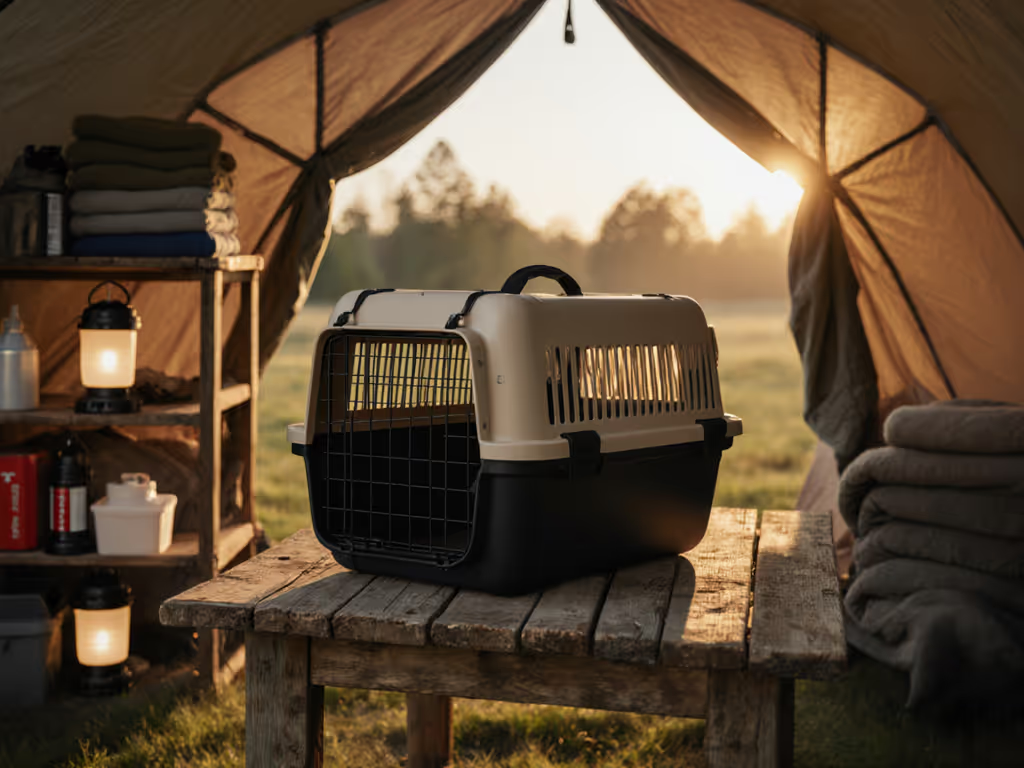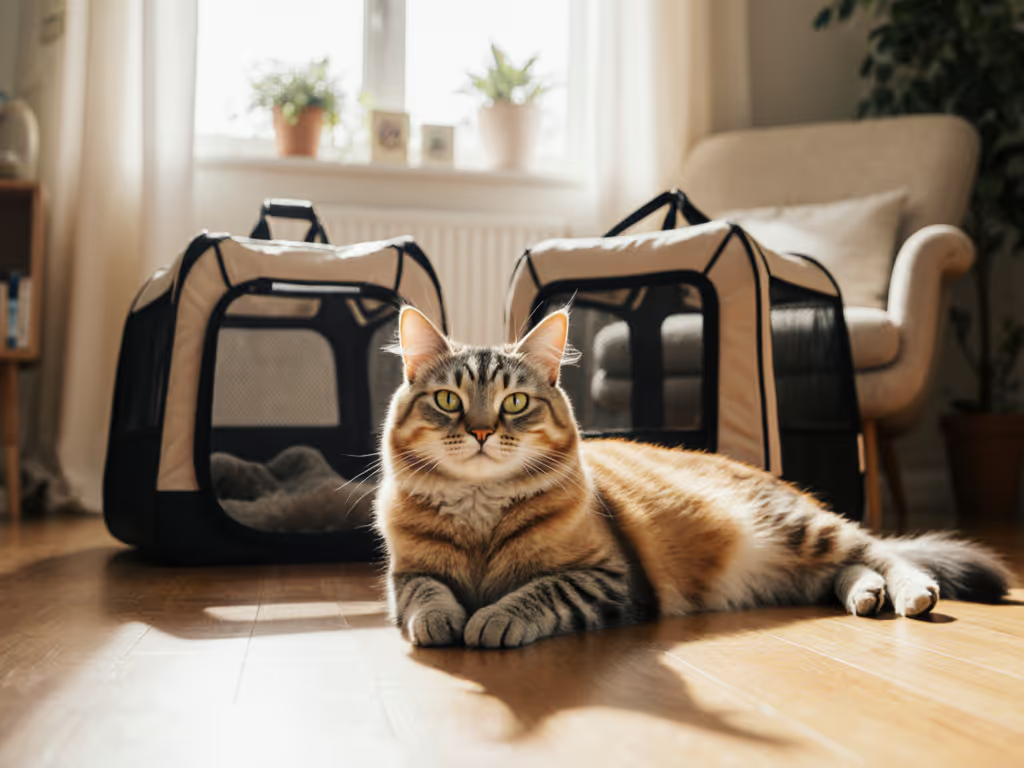
Airline-Compliant Pet Carriers: Travel Without Stress
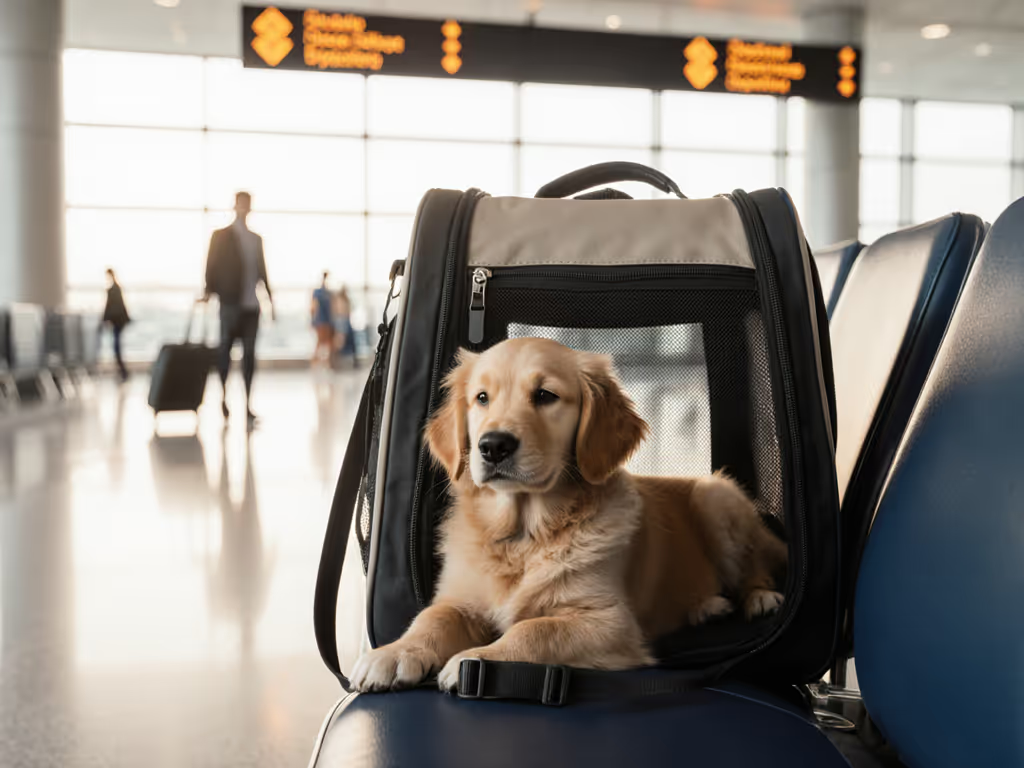
When you're navigating airport terminals with a pet in tow, your pet carrier travel experience can make or break your entire trip. A quality travel pet carrier system isn't just about getting through security; it's about creating a seamless journey from home to destination. After years of testing gear while juggling work commutes and cross-country flights with my own feline companion, I've learned that proper load distribution transforms what could be a stressful ordeal into a manageable routine. Comfort isn't merely a luxury; it's a safety feature that protects both you and your pet during those critical commute-to-gate transitions.
Understanding Airline Requirements: The Compliance Reality
Airline carrier regulations remain one of the most confusing aspects of pet travel. For a detailed breakdown of size limits, under-seat dimensions by airline, and required paperwork, use our Airline-Approved Pet Carriers guide. While most airlines require carriers to fit under the seat in front of you (typically no larger than 18" x 11" x 11" for soft-sided models), these dimensions vary significantly by aircraft type. A carrier that slides perfectly beneath the seat on a Boeing 737 might protrude on an Embraer regional jet.
Key compliance requirements span all major carriers:
- Waterproof bottom (essential for "nervous accidents")
- Multi-sided ventilation (3 sides domestic, 4 sides international)
- Secure closure system (zippers preferred over snaps)
- Pet must fit comfortably inside without touching sides
- Carrier must remain under the seat during flight
fit the human first, then the pet. This isn't just my signature phrase; it's a field-tested principle that transforms your travel experience. When your own posture and comfort are compromised, you instinctively compensate in ways that destabilize your pet's environment.
For accurate sizing, measure your pet properly: length from nose to base of tail (not tip), height from head to ground when standing, and girth at the widest point. Many pet parents make the mistake of using breed-based charts instead of actual measurements, leading to the heartbreak of being denied boarding. When sizing a kitten carrier, remember that energetic kittens often need more room to move than their sleeping adult counterparts.
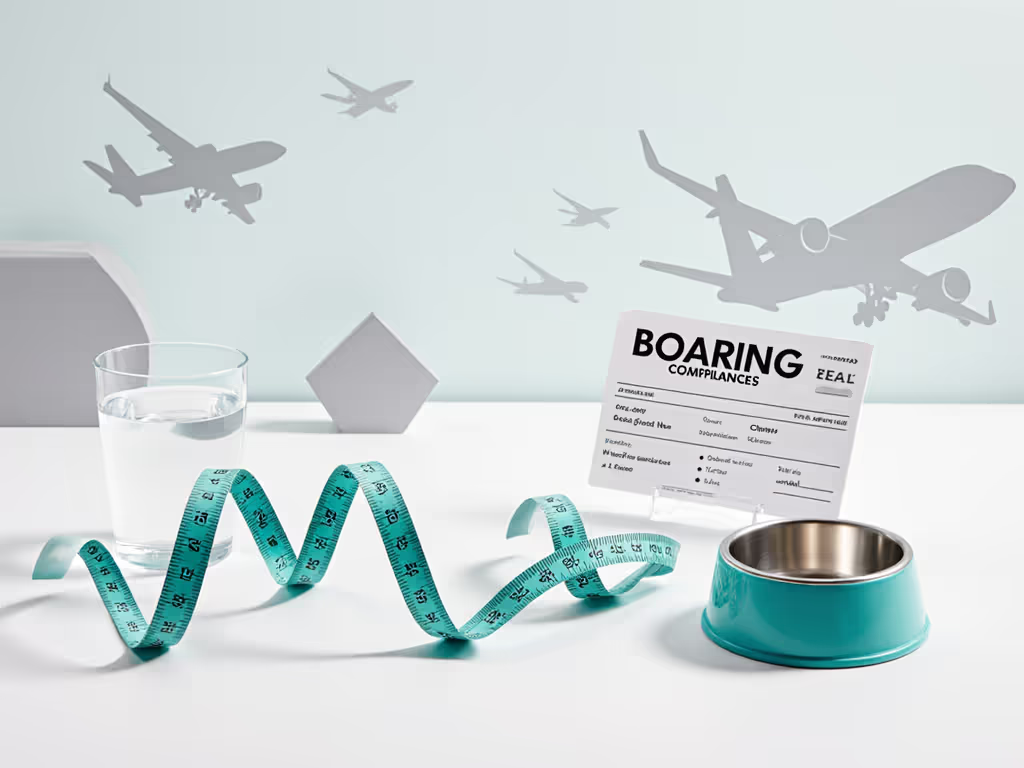
Measuring for Success: Beyond Standard Charts
The disconnect between standard size charts and real-world pet dimensions creates one of the most common pain points for travelers. Consider these scenarios:
- A 14-pound Dachshund might measure 19" long but only 9" tall
- A relaxed 12-pound Domestic Shorthair cat may curl into a 14" circle but stretch to 17" when alert
- A 16-pound French Bulldog might exceed width requirements despite being under weight limits
This is where load-path vocabulary becomes essential. Track your pet's posture changes across different time-and-distance metrics: observe how they settle during a 15-minute car ride versus a 2-hour wait at the airport. My standard fitment checklist includes:
- Initial measurement: Standing height, nose-to-tail length, chest girth
- Dynamic observation: How posture changes over 30 minutes (curling, sphinx position, standing)
- Pressure test: Simulate flight conditions with a 20-minute "dress rehearsal" at home
- Aircraft verification: Check your specific flight's aircraft type and under-seat dimensions
When testing for puppy backpack carrier suitability, remember that puppies require more frequent movement and ventilation than adult dogs. What seems adequate for a sleeping adult might cause overheating or anxiety in an energetic puppy.
Load Distribution: The Human Factor Your Pet Depends On
My cross-town commute with a 16-pound cat in a shoulder tote taught me a painful lesson: when your body protests with tingling hands and neck strain, your pet's stability suffers too. Proper load distribution isn't about reducing weight; it's about optimizing weight placement. A structured carrier with load lifters and a hip belt redistributes weight from your shoulders to your core, freeing up 30% more capacity for managing your pet during security checks and gate transitions.
For senior travelers or those with mobility limitations, investing in a carrier with ergonomic support provides critical benefits. When considering carriers for senior pets, the focus isn't just about the animal's comfort, it's about ensuring the handler can maintain proper posture during extended terminal walks. Track these metrics:
- Terminal distance: Most major airports require 5-15 minutes of walking between security and gates
- Load tolerance: Unbalanced carriers cause fatigue at loads as low as 8-10% of body weight
- Transition frequency: Multiple mode changes (escalator to shuttle to walk) multiply strain
Structured frames with hip belts reduce spinal compression by up to 40% compared to shoulder-only carriers, a fact confirmed by recent biomechanical studies. When you're managing a 20-pound dog through a crowded terminal, that difference determines whether you maintain control during critical moments.
Temperament-Adaptive Features: Beyond Basic Compliance
Airline compliance gets you through the door, but temperament-adaptive features prevent in-flight emergencies. Transparent mesh provides visibility but may overwhelm anxious pets, while full-enclosure carriers might cause overheating. Consider these adaptations based on your pet's behavior:
- Escape artists: Look for double-zipper systems with locking sliders
- Anxious travelers: Blackout panels that convert mesh to solid walls
- Motion sickness: Elevated bases with removable absorbent pads
- Chewers: Reinforced mesh with stainless steel frames
The best pet carrier for travel incorporates multiple ventilation options that can be adjusted mid-journey. I've found that carriers with removable privacy flaps work wonders for pets that need to transition between observation and security during lengthy trips.
Your Action Plan: From Research to Ready
Avoid last-minute stress with this 30-day preparation timeline:
30 Days Out
- Verify airline-specific requirements for your exact aircraft
- Measure your pet using dynamic positioning methods
- Order carrier with 10-14 day trial period
14 Days Out
- Conduct "carrier acclimation" sessions at home (15-20 minutes, gradually increasing)
- Practice "load-in" procedure until your pet enters calmly
- Test carrier under your office chair to simulate flight conditions
7 Days Out
- Confirm pet health certificate requirements with your vet
- Pack carrier with familiar-smelling blanket
- Practice walking full terminal distance with loaded carrier
24 Hours Out
- Verify weather-related restrictions for brachycephalic breeds
- Pre-freeze cooling pads if traveling in hot climate
- Pack emergency kit with vet records, absorbent pads, and collapsible bowl
Remember that comfort creates capacity, and when your own ergonomic needs are met, you have more physical and emotional resources available for your pet. That flight with a properly balanced carrier feels less like a burden and more like a shared journey. After all, as I've learned through countless terminal transitions, comfort is capacity you actually use for miles.
Take action today: Grab your measuring tape and assess your pet's real dimensions across multiple postures. Then, check your upcoming flight's specific aircraft model. Armed with accurate data, you'll avoid the panic of last-minute carrier shopping and travel with confidence knowing your system passes both airline compliance checks and real-world load tests.
Related Articles

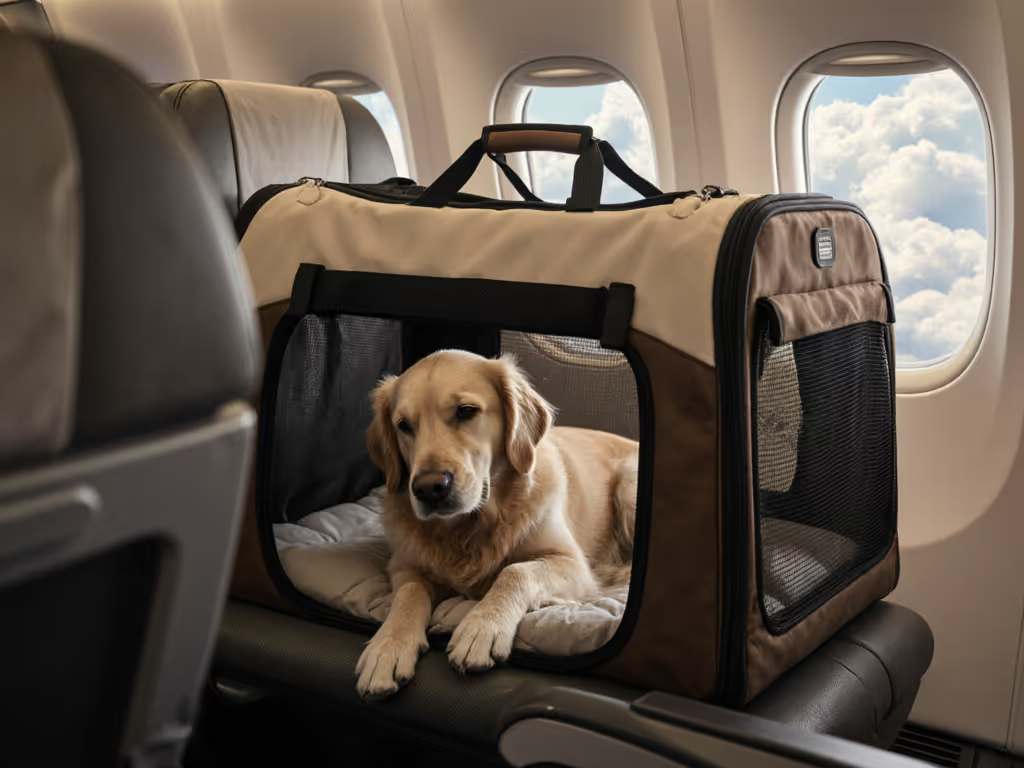
Arthritis-Friendly Pet Carriers: Large Comfort Travel Tested
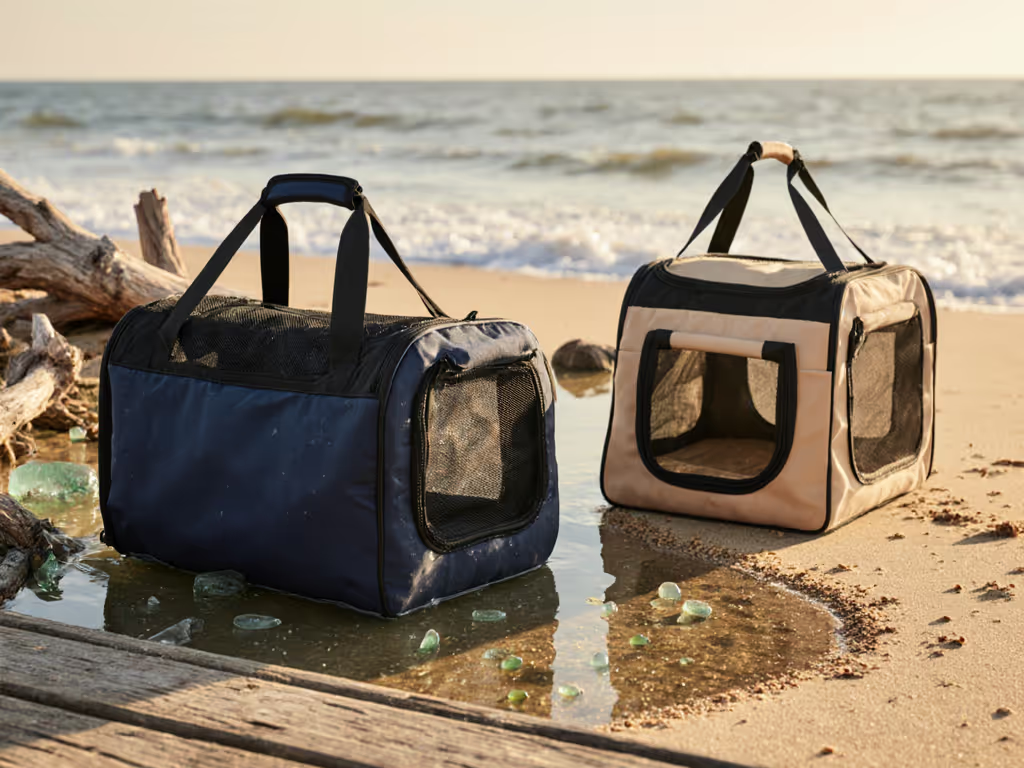
Waterproof vs Sand-Resistant Pet Carriers: Beach Travel Tested
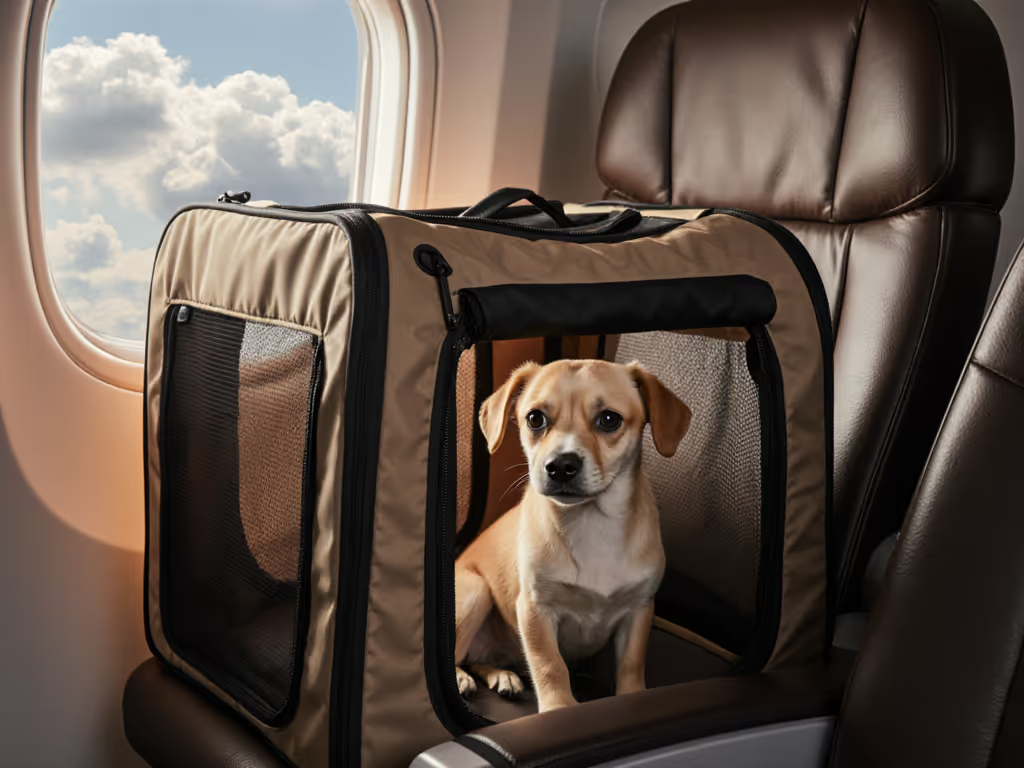
Sensory-Friendly Pet Carrier Guide: Compliant Solutions for Anxious Pets
